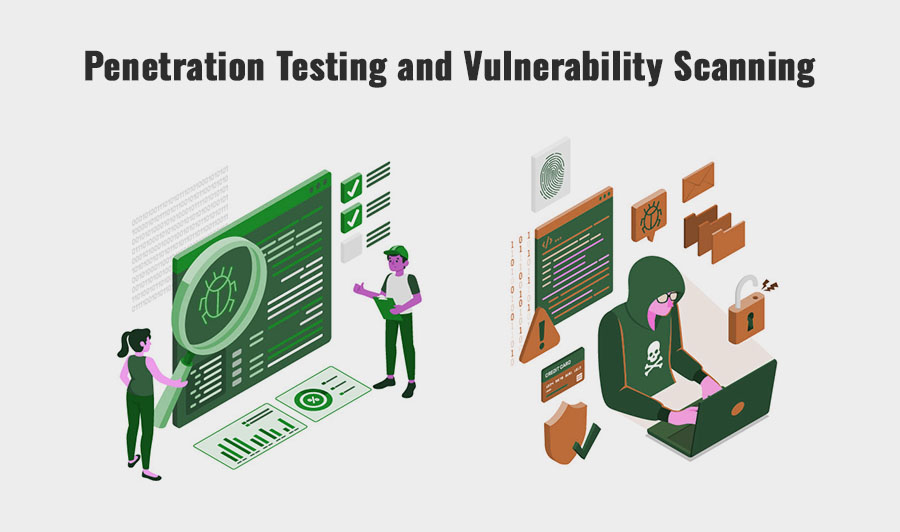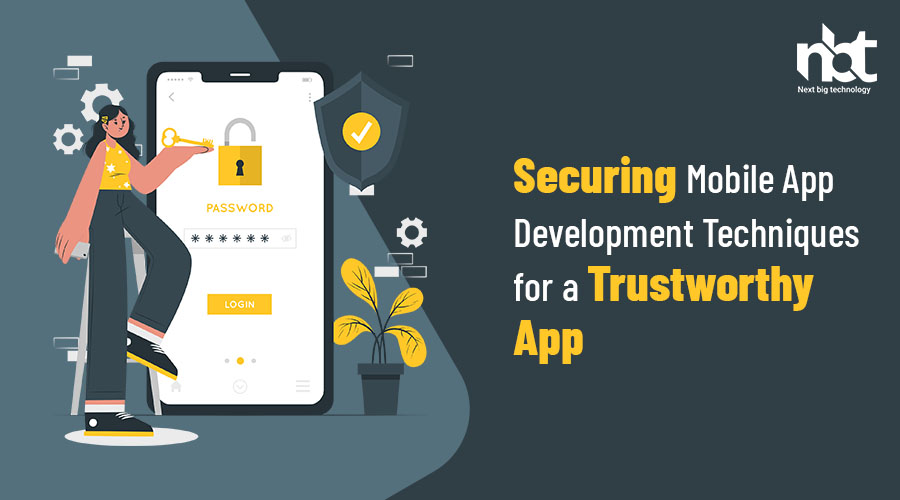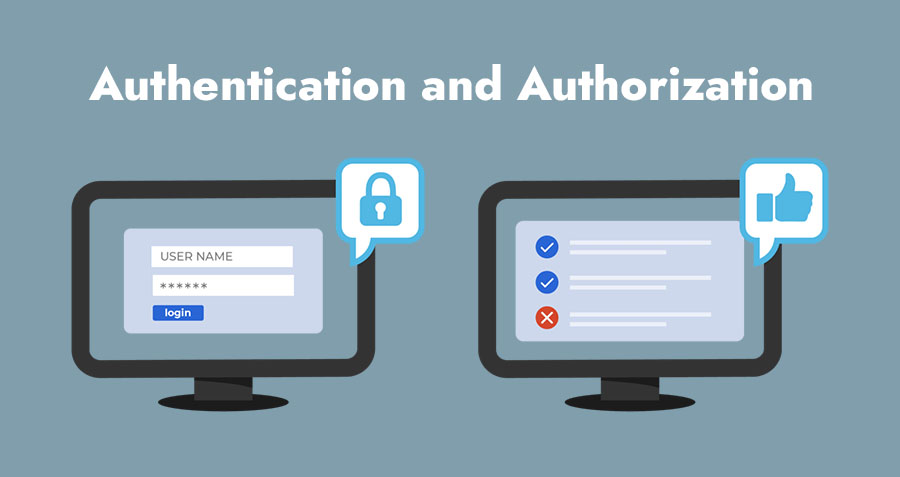Table of Contents
Introduction:
Mobile app development is a thriving field, with millions of apps available to users across various platforms. However, the increasing reliance on mobile apps for personal, financial, and business tasks also brings forth security concerns. Ensuring the security of your mobile app is not just a best practice; it’s a necessity. In this blog, we’ll explore essential techniques for secure mobile app development to safeguard your users’ data and your app’s reputation.
Secure mobile app development techniques
1. Start with a Secure Foundation:
Begin by selecting a secure development framework and language. Popular choices like React Native and Swift prioritize security. Additionally, keep libraries and dependencies updated to patch known vulnerabilities.
2. Secure Code Practices:
Train your development team in secure coding practices to mitigate common vulnerabilities like SQL injection, cross-site scripting (XSS), and improper data validation. Regular code reviews and static analysis tools can help identify issues early.
3. Authentication and Authorization:
Implement strong user authentication and authorization mechanisms. Utilize multi-factor authentication (MFA) where necessary and ensure that users can access only the data and features they’re authorized to use.
4. Data Encryption:
Encrypt data at rest and in transit. Use secure communication protocols (e.g., HTTPS) to protect data during transmission, and employ encryption algorithms to safeguard stored data.
5. Secure Storage:
Safeguard sensitive data stored on the device. Use secure storage mechanisms provided by the platform (e.g., Keychain for iOS, Keystore for Android) to protect user credentials and other sensitive information.
6. Authentication Tokens:
When handling authentication tokens, avoid storing them in insecure locations, and use techniques like token expiration and refresh tokens to enhance security.
7. API Security:
Secure your app’s APIs with proper authentication and authorization mechanisms. Implement API rate limiting and use API keys securely.
8. Secure Third-Party Integrations:
Vet third-party libraries and APIs thoroughly for security. Ensure they adhere to secure coding practices and keep them up to date.
9. Session Management:
Implement secure session management to prevent session fixation and ensure sessions expire after a reasonable period of inactivity.
10. Penetration Testing and Vulnerability Scanning:
– Regularly conduct penetration testing and vulnerability scanning to identify and address security weaknesses. This proactive approach can help you find and fix issues before malicious actors exploit them.

11. User Education:
– Educate your users about best practices for app security, such as setting strong passwords, enabling MFA, and being cautious about sharing sensitive information.
12. Incident Response Plan:
– Develop a robust incident response plan to address security breaches promptly. Knowing how to react to security incidents can minimize damage and protect your users.
13. Privacy Compliance:
– Stay compliant with data protection regulations, such as GDPR or CCPA, by clearly communicating your app’s privacy practices and obtaining user consent when necessary.
14. Regular Updates:
Keep your app updated with security patches and feature enhancements. Timely updates can fix known vulnerabilities and maintain user trust.
15. Monitoring and Logging:
– Implement real-time monitoring and logging to detect suspicious activities and respond promptly to security threats.
Conclusion:
Securing your mobile app is an ongoing process that requires vigilance and a commitment to best practices. By integrating these secure mobile app development techniques into your development process, you can not only protect your users’ data but also build trust and ensure the long-term success of your app. In the ever-evolving landscape of mobile app security, staying proactive and informed is the key to success.
Thanks for reading our post “Securing Mobile App Development: Techniques for a Trustworthy App”. Please connect with us to know more about Mobile App Development.











